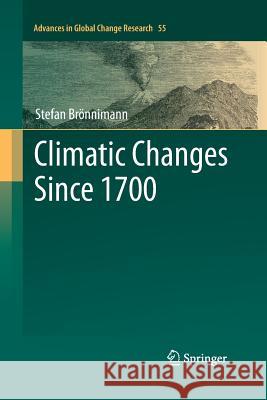Climatic Changes Since 1700 » książka
topmenu
Climatic Changes Since 1700
ISBN-13: 9783319347424 / Angielski / Miękka / 2016 / 360 str.
Kategorie:
Kategorie BISAC:
Wydawca:
Springer
Seria wydawnicza:
Język:
Angielski
ISBN-13:
9783319347424
Rok wydania:
2016
Wydanie:
Softcover Repri
Ilość stron:
360
Waga:
0.52 kg
Wymiary:
23.39 x 15.6 x 1.98
Oprawa:
Miękka
Wolumenów:
01











